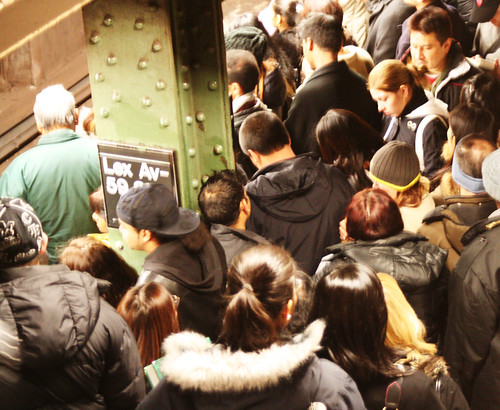Transit Etiquette vs. NYC Etiquette – Pregnant and Standing on the Subway
(Source: Wall Street Journal Blog – The Juggle)
I just had the fourth day in a row where I stood much of the way on my 40-minute subway ride. I’m 6.5 months pregnant–and it’s obvious–and not a single person offered me a seat. What’s more, sometimes I have had people literally push past me (I’m not as speedy as I used to be) to get the last seat on the train.
It’s not just me. Recently, a woman with a cast from foot-to-knee got on about 15 minutes into my ride. Nobody offered the casted woman a seat. So I did–it was a rare day that I’d snagged an empty seat. She refused because I am pregnant. I took the opportunity to shame my fellow passengers by saying, “It’s pretty bad when the pregnant lady is the only one offering someone with a cast a seat.” Nobody budged.
As a courtesy, I have always offered a seat to pregnant women, older people and anyone who was disabled, on crutches, or the like. It just seems like the human thing to do. (On some Japanese trains, a uniformed “manners squad” patrols cars to make sure that the elderly, disabled and pregnant have seats.)
Click here to read the entire blog. (Subscription Reqd. Free Registration available). Also, if you have an extra minute, answer a quick poll @ Sodahead on this issue.






